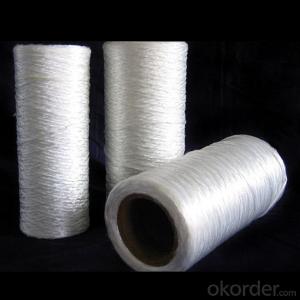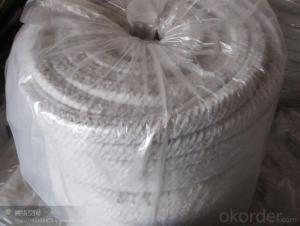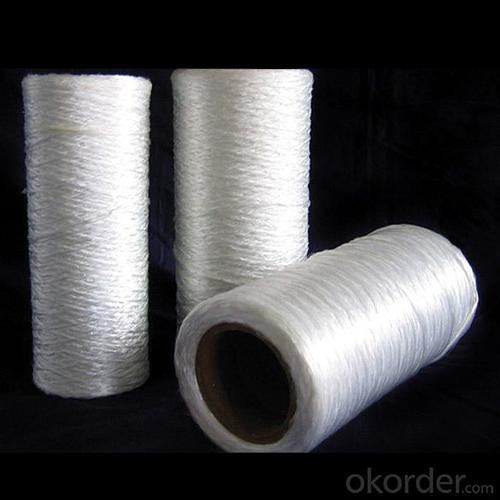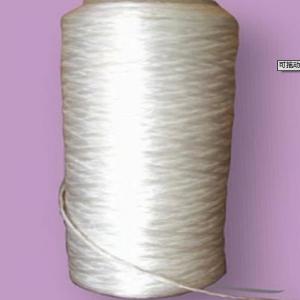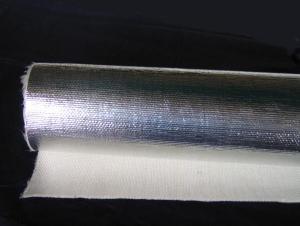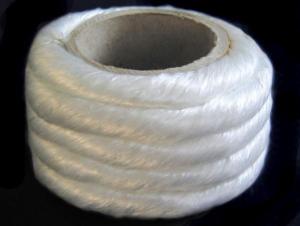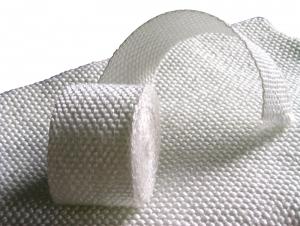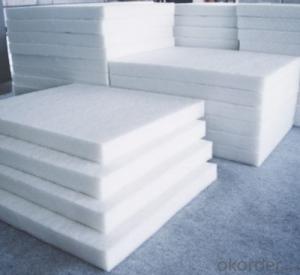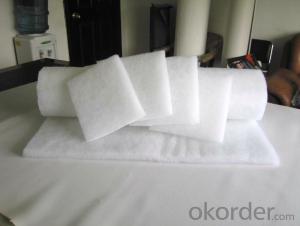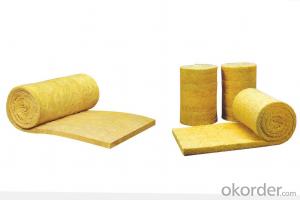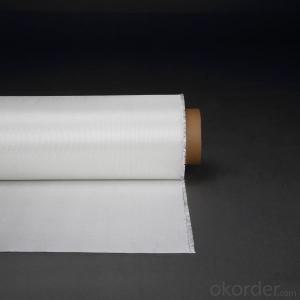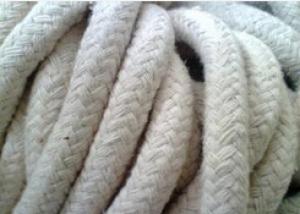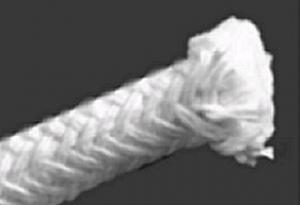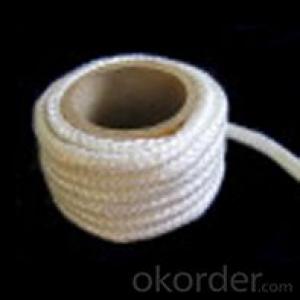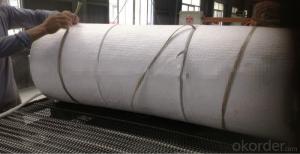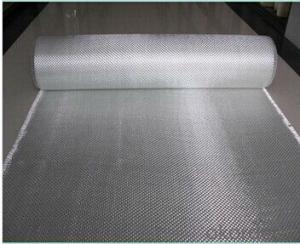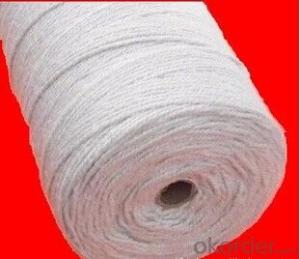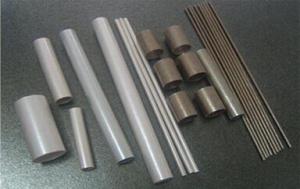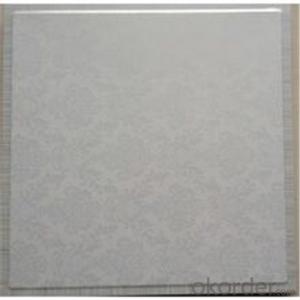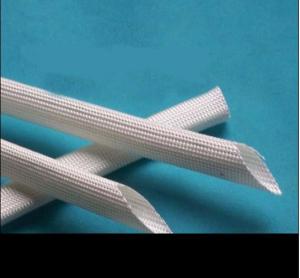Glass Fiber Textiles Fire Ceramic Fibre Round & Square Ropes 2024
- Loading Port:
- Shanghai
- Payment Terms:
- TT OR LC
- Min Order Qty:
- 10 m.t.
- Supply Capability:
- 100 m.t./month
OKorder Service Pledge
OKorder Financial Service
You Might Also Like
Quick Details
| Place of Origin: | China (Mainland) | Application: | Refractory | Working Temperature: | 450,1000,1260 |
| Fiber Diameter: | 15,20 | Model Number: | Fabric,Round woven rope, | Organic content: | ≤15 |
| Bulk Density (Kg/m3):: | 500±30 |
Packaging & Delivery
| Packaging Detail: | pp woven bag or carton box |
| Delivery Detail: | 25days |
Specifications
high quality bio soluble ceramic blanket
Specifications
Fine tensile strength
Fine high-temperature strength
Good at heat insulation
Low heat conduction ration
Fine tensile strength
Fine high-temperature strength
Good at heat insulation
Low heat conduction ration
PROCESSING:
Fibre Sennit: It includes core rope and outer warp. The core rope contains aluminosilicate fibre yarn and blanket strip etc. The outer wrap is weaved by using glass fibre or refractory alloy silk according to temperature and condition used.
Fibre wringed rope: It is wringed by multilayer aluminosilicate fibre silk which are strengthen by glass fibre and refractory alloy silk.
Fibre quit: It is bound up by glass silk fibre fabric using aluminosilicate disperse cotton as raw material. According to temperature and condition used, it can be used at the condition which can not be used by other aluminosilicate products.
TECHNICAL SPECIALITY:
Good heat resistance. The ceramic fibre fabric, which strentgth is increased by refractory alloy silk , can be used at 1000°Ccontinuously.
High quality of antacid, oil resistance and water vapor resistance
High quality of electric insulation
Fine tensile strength
Fine high-temperature strength
Good at heat insulation
Low heat conduction ration
Innocuity and harmless, not polluting environment.
APPLICATION:
Heat insulation for high-temperature pipeline and container
Kiln screen and shade
Receive spark reel door
Seal of kiln and stove door
High-temperature safety
Fireproofing coil door
Making compound materials
Safety of cable of fuel pipeline
Bag and cover for fireproofing
SPECIFICATIONS FOR THE FIBRE ROPE,STRAP,QUILT,FIBERGLAS FABRIC OF ALUMINOSILICATE:
Name | Fabric | Strap | Round woven rope | Square woven rope | Yarn twist rope | Topes twisted rope | |
Classfication Temperature(°C) | 1260 | ||||||
Density(Kg/m3) | 500±30 | ||||||
Organic content | ≤15 | ||||||
Suggest Using Temperature(°C) | 450 (Glass fiber reinforced) 1000 (Heat resistance alloy silk reinforced) | ||||||
Burning amount (800°C)% | 12±2 | 12±2 | 12±2 | 12±2 | 12±2 | 8-10 | |
Size(mm) | 30*1*2 30*1*3 | 30*20*2.3 | φ15 φ20 | 20*20 | φ15 φ20 | φ20 | |
- Q: Can glass fiber textiles be embroidered?
- Yes, glass fiber textiles can be embroidered. Glass fiber textiles, also known as fiberglass, are flexible and can be woven into a fabric-like material. This makes them suitable for embroidery techniques such as hand embroidery or machine embroidery. However, it is important to consider that glass fiber textiles are more rigid and less pliable than traditional fabrics like cotton or silk, which may affect the embroidery process. Additionally, due to the nature of glass fiber, special needles and threads designed for working with this material may be necessary to achieve the desired results.
- Q: Can glass fiber textiles be used in geotextile applications?
- Yes, glass fiber textiles can be used in geotextile applications. Geotextiles are used in various civil engineering and environmental projects to provide filtration, separation, reinforcement, and drainage functions. Glass fiber textiles have strong mechanical properties, such as high tensile strength and modulus, which make them suitable for geotextile applications. They can effectively reinforce soil, provide stability to slopes, and prevent erosion. Additionally, glass fiber textiles are resistant to chemicals, ultraviolet (UV) radiation, and biological degradation, making them durable and long-lasting in geotextile applications.
- Q: Can glass fiber textiles be used in protective gloves?
- Yes, glass fiber textiles can be used in protective gloves. Glass fiber textiles are known for their high tensile strength, durability, and resistance to heat and flame. These properties make them suitable for use in protective gloves where there is a need for high levels of protection against cuts, abrasions, and thermal hazards. Glass fiber gloves are commonly used in industries such as manufacturing, construction, automotive, and aerospace where workers are exposed to various hazards. The glass fibers provide excellent resistance against sharp objects, while also offering thermal insulation and protection against heat and flame. However, it is important to note that glass fibers can cause skin irritation, so proper precautions and safety measures should be followed while using glass fiber gloves.
- Q: Are glass fiber textiles resistant to staining from food and beverages?
- Glass fiber textiles have a general resistance to staining caused by food and beverages. To manufacture glass fiber textiles, glass fibers are woven or knitted together to form a durable and strong fabric. This fabric's non-porous and smooth surface naturally prevents staining. Unlike other fabrics, glass fiber textiles do not easily absorb liquids, making it challenging for stains to penetrate the material. Additionally, a protective coating or finish is often applied to enhance their stain resistance. However, it is essential to acknowledge that no fabric can be entirely stain-proof, and certain highly pigmented food or drinks may temporarily leave marks on glass fiber textiles. To minimize potential staining, regular cleaning and maintenance following the manufacturer's instructions are recommended.
- Q: Are glass fiber textiles resistant to staining?
- Yes, glass fiber textiles are resistant to staining due to their non-absorbent and smooth surface, making them highly resistant to the penetration of liquids and stains.
- Q: Are glass fiber textiles suitable for automotive applications?
- Yes, glass fiber textiles are suitable for automotive applications. Glass fiber textiles are known for their high strength-to-weight ratio, making them an ideal choice for automotive components that require lightweight yet strong materials. They offer excellent resistance to heat, chemicals, and abrasion, which is crucial in the demanding environment of automotive applications. Glass fiber textiles are also highly flexible and can be easily molded into complex shapes, providing design flexibility for automotive manufacturers. Additionally, glass fiber textiles have good insulation properties, which can be beneficial in reducing noise and vibrations in vehicles. Overall, the properties of glass fiber textiles make them a suitable choice for various automotive applications such as interior panels, seat covers, headliners, trunk liners, and engine components.
- Q: Can glass fiber textile be used outdoors?
- Yes, glass fiber textile can be used outdoors. Glass fiber textiles are known for their excellent durability and resistance to weathering, which makes them suitable for outdoor applications. They are commonly used in outdoor furniture, awnings, canopies, and other outdoor structures. Glass fiber textiles are also resistant to UV radiation, which helps prevent fading and degradation when exposed to sunlight. Additionally, their high strength-to-weight ratio makes them ideal for use in outdoor environments where strength and flexibility are required. Overall, glass fiber textiles are a reliable choice for various outdoor applications due to their exceptional durability and resistance to environmental factors.
- Q: Can glass fiber textile be used in construction applications?
- Yes, glass fiber textile can be used in construction applications. It is commonly used as a reinforcement material for concrete, providing strength and durability to structures such as bridges, buildings, and roads. Additionally, it can be used as insulation material to enhance energy efficiency in construction projects.
- Q: Can glass fiber textiles be used in reinforcement of jute fibers?
- Glass fiber textiles are indeed capable of reinforcing jute fibers. By combining glass fiber textiles and jute fibers, one can augment the material's overall strength and durability. This technique of reinforcement finds widespread application in industries such as automotive, construction, and aerospace. Glass fibers bring high tensile strength and stiffness to the table, while jute fibers contribute natural properties like biodegradability and low density. Consequently, the amalgamation of these two materials presents a well-balanced and sustainable option for reinforcement purposes.
- Q: Is glass fiber textile breathable?
- Indeed, glass fiber textile possesses breathability. By intertwining strands of glass fibers, a fabric is formed. These fibers are renowned for their remarkable robustness and endurance, and they possess the unique capability to facilitate the passage of air and moisture. Consequently, glass fiber textiles enable the circulation of air, averting the accumulation of heat and dampness. Moreover, their breathable characteristic is exemplified by their frequent utilization in sports apparel and outdoor equipment, where breathability is of utmost significance.
Send your message to us
Glass Fiber Textiles Fire Ceramic Fibre Round & Square Ropes 2024
- Loading Port:
- Shanghai
- Payment Terms:
- TT OR LC
- Min Order Qty:
- 10 m.t.
- Supply Capability:
- 100 m.t./month
OKorder Service Pledge
OKorder Financial Service
Similar products
Hot products
Hot Searches
Related keywords
